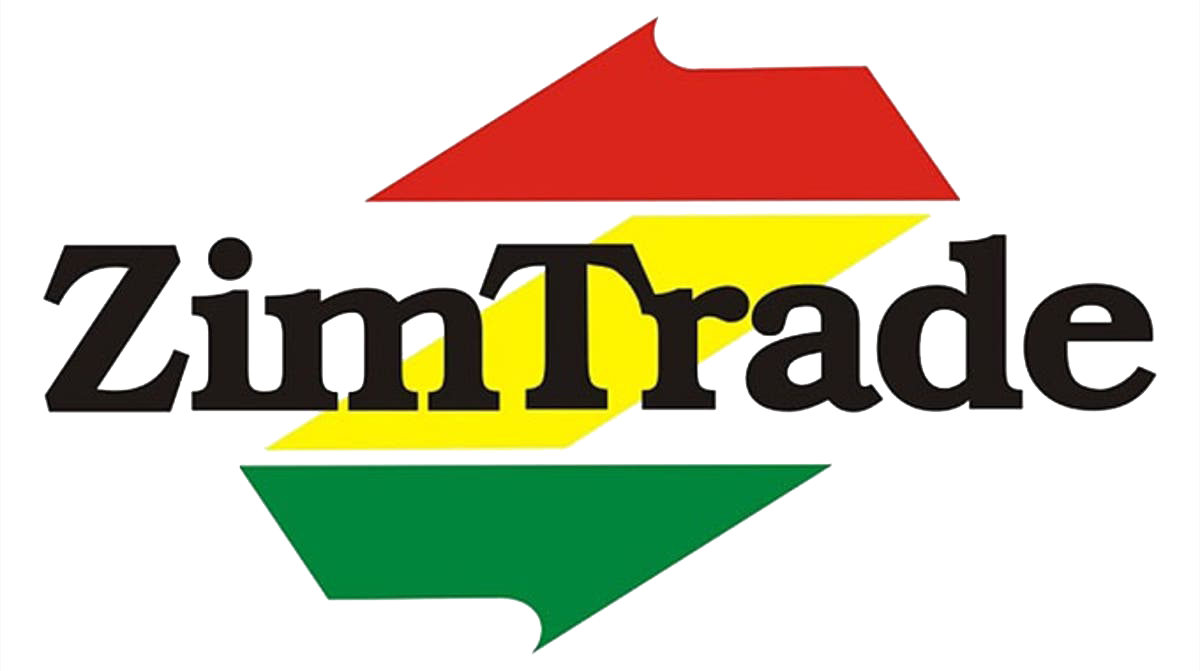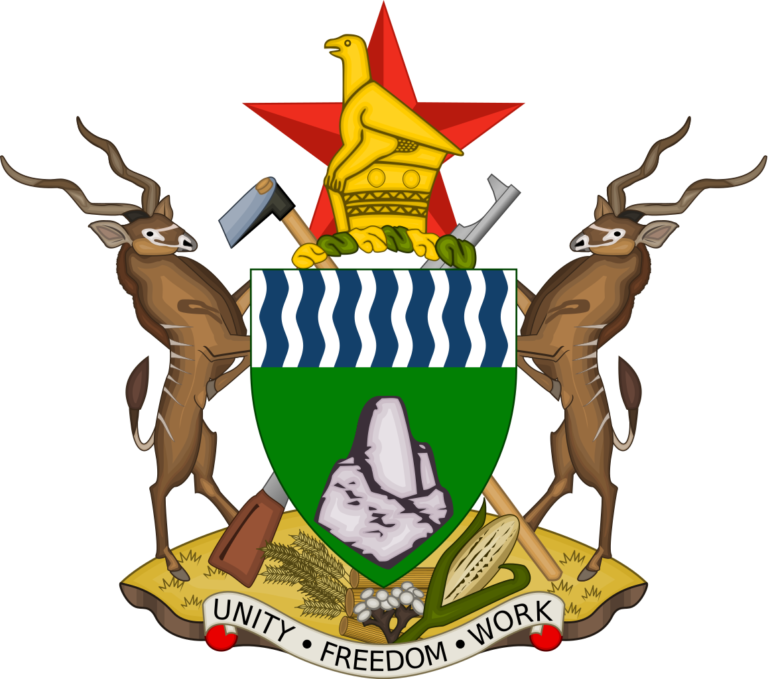Sector Briefs
LEATHER AND LEATHER PRODUCTS SECTOR
Introduction
The Leather and leather products sector has the potential to contribute to the Zimbabwean economy through employment creation and income generation.
The sector has been prioritised for development in the National Trade Policy (2012-2016) and Industrial Development Policy (2012-2016). The Government has pledged to recapitalise the leather and footwear sub-sector so as to increase industrial capacity utilisation and boost exports.
The Zimbabwe Leather Strategy (2012-2017) seeks to transform the Zimbabwe leather value chain into production and export of value added products such as finished leather, footwear and other leather products.
Sector Overview
The sector currently employs about 5,600 people and this number is expected to grow as capacity utilisation increases.
There are currently 8 tanneries in operation representing small, medium and large -scale players producing wet blue and finished leather.
The footwear sector is one of the key users of finished leather. There are currently about 12 footwear manufacturers in the country. Finished products for both the domestic and export market include footwear and leather products such as ladies’ hand bags, leather jackets, wallets and travelling bags, amongst others.
Products such as belts made from elephant, buffalo, crocodile and ostrich skins are popular especially in tourist resort areas such as the Victoria Falls.
As in other countries, exports of exotic leather are regulated by the Convention on International Trade in Endangered Species of Wild Fauna and Flora (CITES).
Major export markets include South Africa, USA, Mexico, France, China, Italy, Zambia and Mozambique
ENGINEERING SECTOR
Introduction
The Engineering sector in Zimbabwe is amongst the priority sectors identified by Government for support due to its importance in the growth of the economy. The sector produces various products that are required by other sectors such as construction, mining and agriculture.
Players in the sector comprise foundries, metal fabricators, steel makers and assemblers, among others.
Products manufactured include: boilers, cane cars, tankers and containers, crushers, chains and links, pulleys, couplings, rock bolts, bakery equipment (such as ovens), trailers, animal and tractor drawn implements, structural steel, mill balls, wagons, doors and window frames. The sector also manufactures household goods such as stoves, geysers and refrigerators.
Exports
Zimbabwe’s exports of engineering products are mainly destined for countries within the SADC and COMESA regions. The main export markets are South Africa (42%), Zambia (28%), Mozambique (16%), Botswana (9%). The major export products include boilers, tobacco handling equipment, steel angles, plates and beams, agricultural implements, aluminium containers, steel tables, refrigerators and steel wires.

